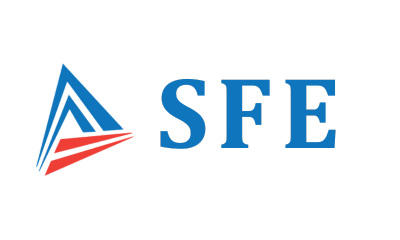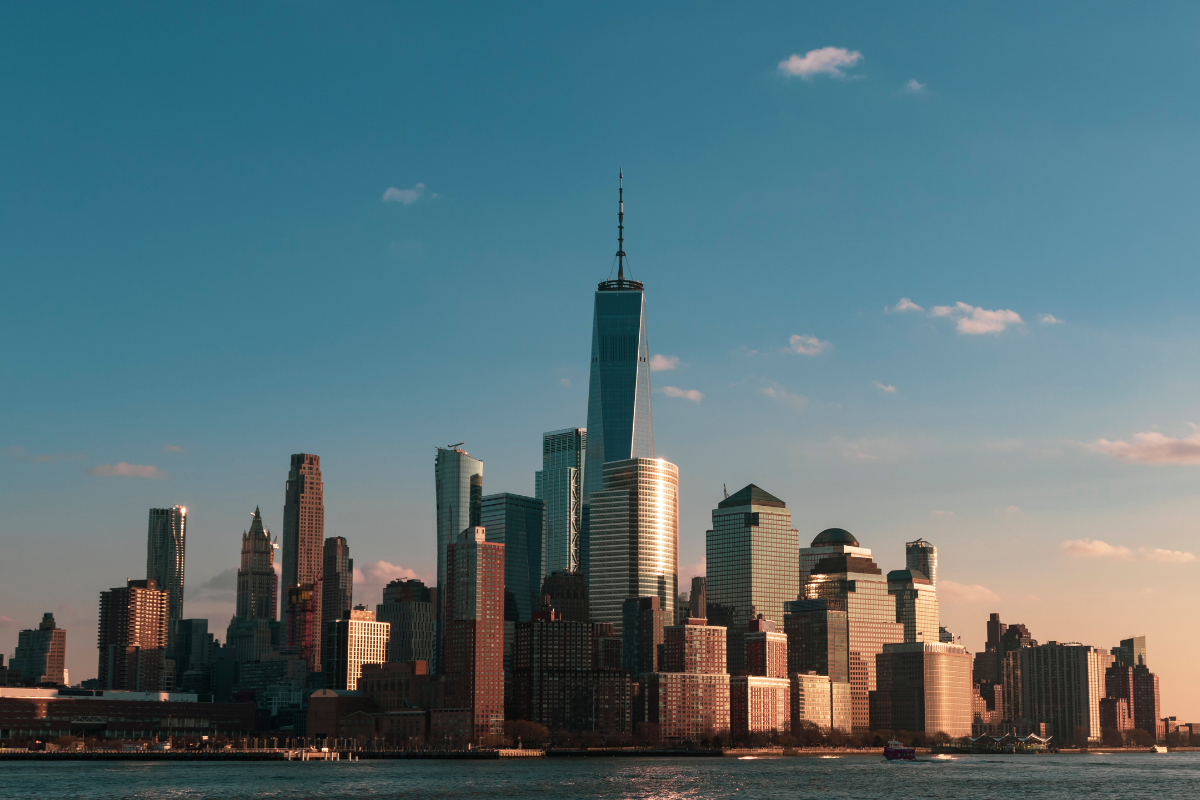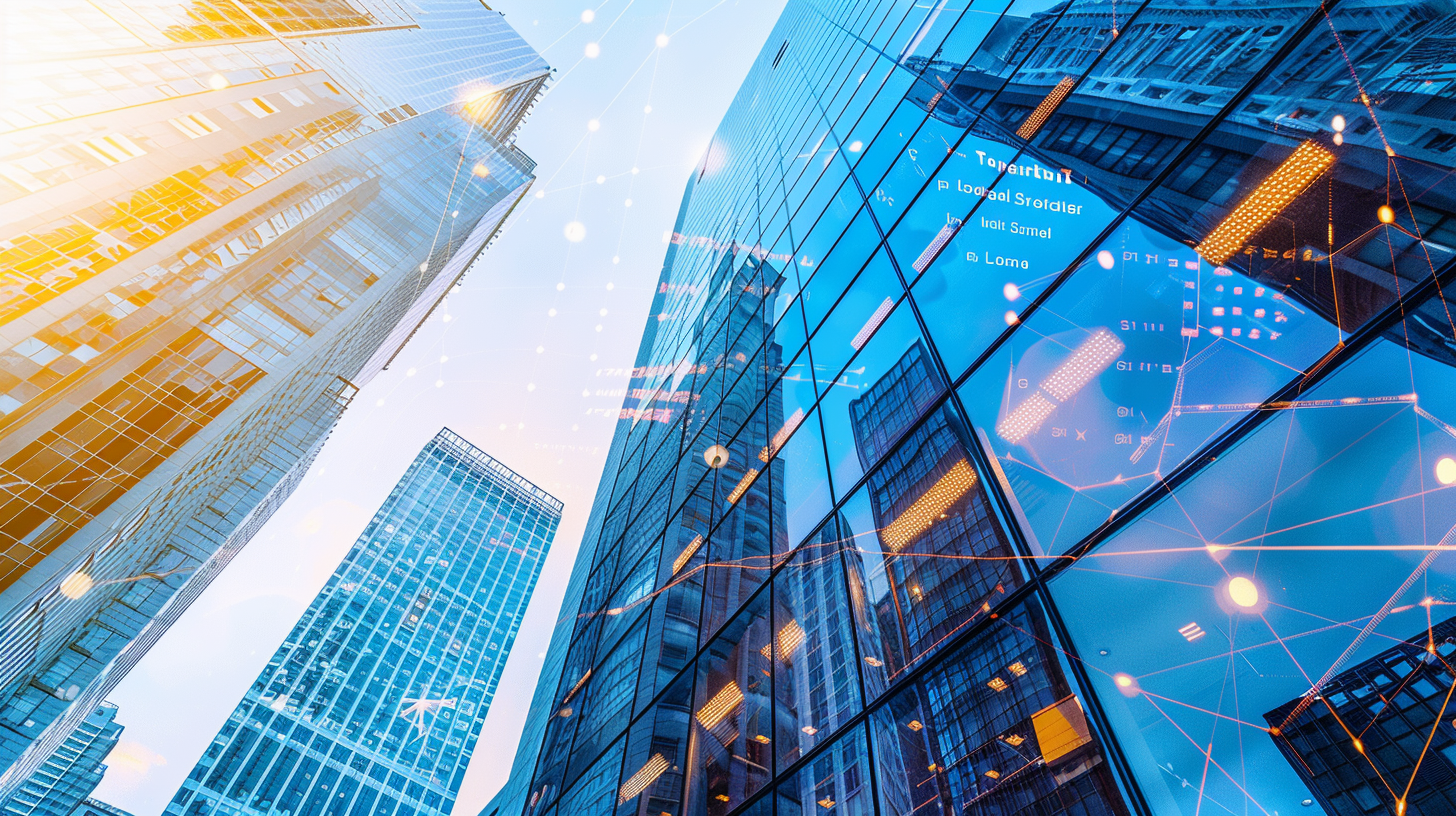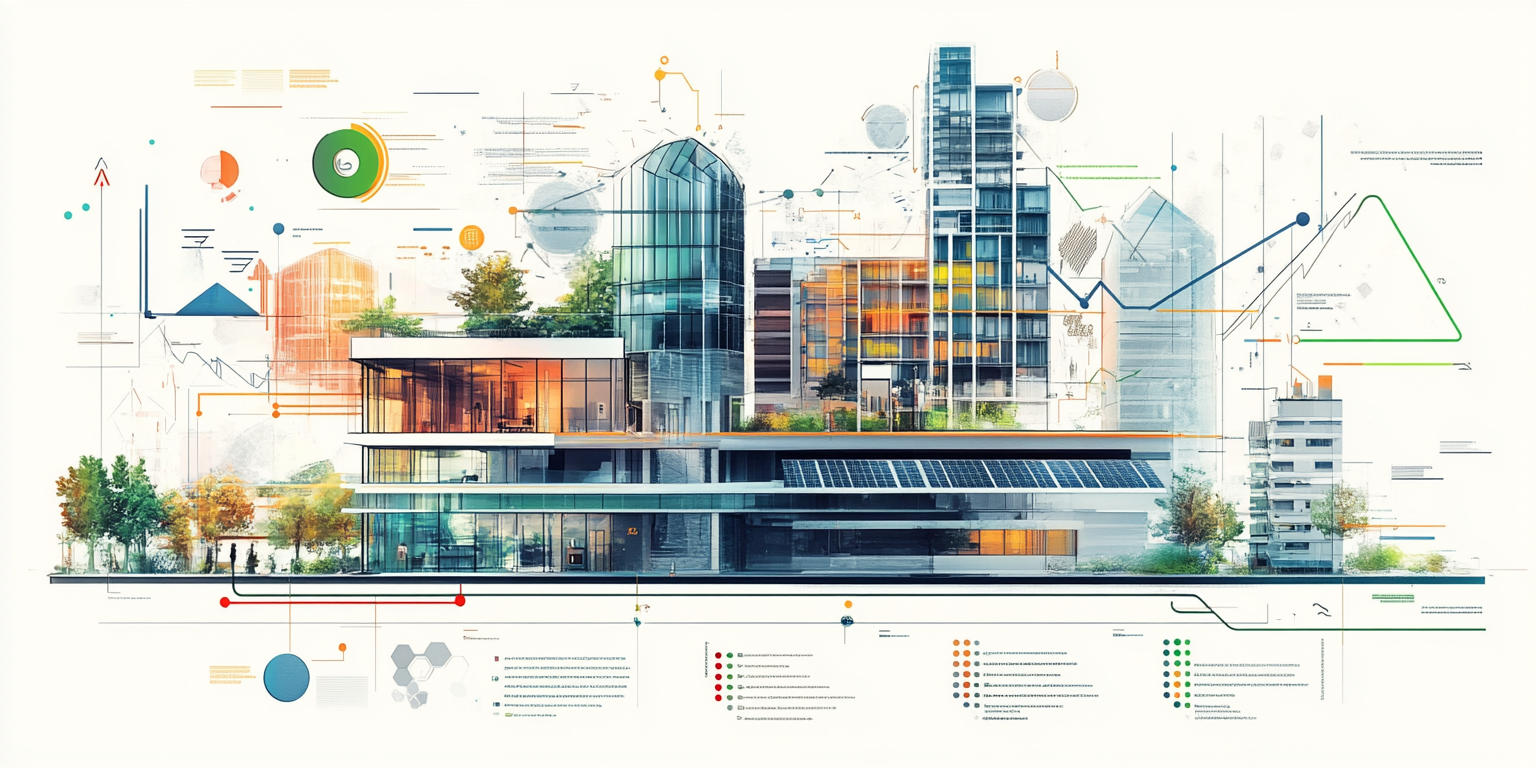Navigating the complex landscape of climate legislation can be overwhelming for building owners and managers, especially when it comes to meeting the ambitious greenhouse gas emissions limits set by New York City. However, having a thorough understanding of the requirements of Local Law 97 can help owners and managers develop a strategic plan for compliance that not only ensures legal compliance, but also promotes energy efficiency, reduces operational costs, and contributes to a more sustainable future for New York City.
What is Local Law 97 of 2019?
Background
In 2019, the New York City Council passed a series of laws, together known as the Climate Mobilization Act (CMA), designed to meet New York City’s commitment to align with the Paris Agreement, an effort to mitigate the risks and effects of climate change by limiting the increase in global average temperature to 1.5°C and achieve net zero emissions by 2050.
Local Law 97 of 2019, the centerpiece of the legislative package, directly aims to achieve citywide greenhouse gas emissions reductions of 40% by 2030 (40 x 30) and 80% by 2050 (80 x 50), relative to 2005 levels, by setting strict emissions caps on large residential and commercial buildings. It is supported by Articles 320 and 321 of the NYC Administrative Code, which provide detailed implementation guidelines for emissions calculations, penalties, and compliance reporting.
What Properties are Affected?
Properties that must comply are:
- Buildings over 25,000 gross square feet
- Two or more buildings on the same tax lot that together exceed 50,000 gross square feet
- Two or more condominium buildings governed by the same board of managers that together exceed 50,000 gross square feet
If they cannot comply with the emissions limits, owners of certain buildings (including houses of worship, hospitals, and residential buildings with at least one rent-regulated unit) may instead implement a prescriptive list of energy-saving measures by 2024, such as insulating pipes, upgrading lighting systems, and installing heating system sensors and boiler controls. For the full list of required prescriptive energy conservation measures: http://bit.ly/ll97pm.
For a full list of covered buildings, please see Covered Buildings on the NYC Sustainable Buildings website: https://www.nyc.gov/site/sustainablebuildings/requirements/covered-buildings.page
Buildings Exempt from Local Law 97 Compliance
Certain types of buildings are exempt from Local Law 97 compliance requirements, including:
- Industrial facilities primarily used for generating electric power or steam.
- Detached or semi-detached buildings no more than three stories tall, where each owner owns and maintains their own HVAC and hot water systems serving spaces of 25,000 square feet or less.
- New York City Housing Authority (NYCHA) buildings.
- Housing Development Fund Corporation (HDFC) properties.
- City-owned buildings, except for senior colleges in the City University of New York (CUNY) system.
- Multi-family dwellings no more than three stories tall without central HVAC or hot water heating systems.
How Can Owners Comply with Local Law 97?
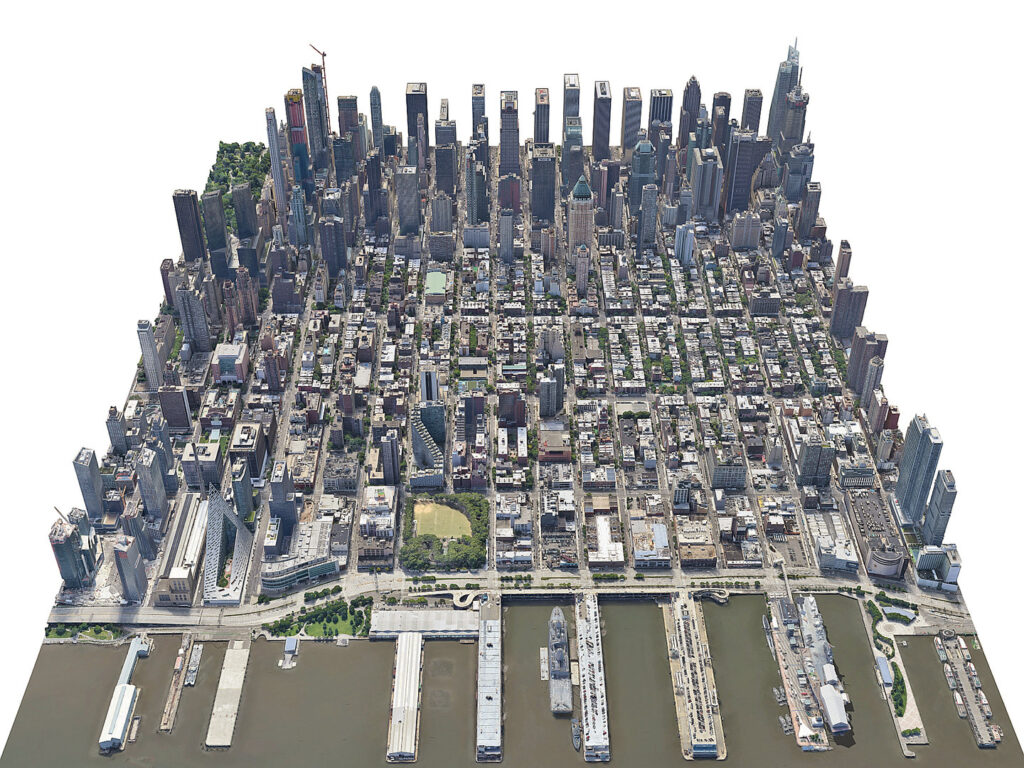
Emissions Limits
The City’s goal of reaching carbon neutrality (net zero carbon emissions) by 2050 is an ambitious one, and the established emissions reduction targets are accordingly aggressive. Local Law 97/19 sets emissions intensity limits (defined in units of tCO2e/sf, or metric tons of carbon dioxide equivalent per square foot) based on building code occupancy groups. For mixed-use buildings, the emissions limits are calculated using a weighted average of the different occupancy types within the building, with limits determined separately for each use type before being combined into an overall target.
Two initial compliance periods from 2024 – 2029 and 2030 – 2034 are detailed in the law, with future compliance requirements through 2050 to be determined by the City. The limits become significantly more stringent with each succeeding compliance period.
There are two initial compliance periods from 2024-2029 and 2030-2034, with future compliance requirements through 2050 to be determined by the City. The emissions intensity limits become more stringent each compliance period, so building owners must take steps to reduce their building’s carbon emissions over time to comply with the law.
Options for Compliance
Along with implementing energy-saving measures, building owners can meet their emissions targets by:
- Purchasing greenhouse offsets or renewable energy credits (RECs), which must be sourced from power generated in or directly feeding New York City’s electrical grid and used within the same year.
- Participating in carbon emissions trading.
- Generating or storing clean distributed energy resources.
Annual Reporting
The first compliance report is due by May 1, 2025, with subsequent filings required annually by May 1. Reports must be certified by a Registered Design Professional and confirm whether the building complied with emissions limits for the previous calendar year. If not, the report must specify the amount by which the building exceeded its limit.
New Filing Extensions & Grace Period:
- A 60-day grace period extends the filing deadline from May 1 to June 30, 2025, with no penalties.
- Owners must apply for an extension by June 30, 2025, in the Local Law 97 online reporting portal. If approved, the deadline is extended to August 29, 2025.
- Extensions require confirmation that a Registered Design Professional (RDP) has been hired to complete the report.
Failure to submit the required Local Law 97 report by the applicable deadline (including any granted extension) may result in significant fines calculated per square foot of the building.
What is Gross Floor Area (GFA) Verification?
Accurate Gross Floor Area (GFA) measurement is essential for filing emissions reports under Local Law 97, as it serves as the basis for calculating a building’s carbon emissions limits and determining compliance. GFA differs from the Gross Square Footage (GSF) figures provided by the Department of Finance or used in past LL84 benchmarking filings. Outdated or incorrect GSF figures can result in reporting delays or non-compliance.
For compliance:
- Calculations must adhere to specific criteria outlined in Local Law 97.
- Buildings with multiple zoning classifications require detailed GFA breakdowns by use type to calculate weighted emissions targets.
- Floor plans and stacking diagrams must be attested to by a Registered Design Professional to validate their accuracy and meet filing requirements.
Who Qualifies For Alternative Compliance Paths?
Recognizing the challenges faced by meeting these ambitious targets, the law provides a number of alternative compliance pathways for certain covered building owners. Eligible buildings include:
- An industrial facility primarily used for the generation of electric power or steam.
- Multifamily residences which do not exceed three stories, which are owned and maintained by each individual dwelling unit owner, with no central HVAC system or hot water heating system serving more than 25,000 Square Feet.
- New York City government owned buildings.
- A housing development or building on land owned by the New York City Housing Authority (NYCHA).
- Rent regulated accommodations with more than 35% rent-regulated dwelling units.
- A building whose main use or dominant occupancy is classified as occupancy group A-3 religious house of worship.
- Buildings owned by a housing development fund company.
- Buildings that participate in a project-based Federal housing program.
What are the Penalties for Non-compliance?
The fines for non-compliance are steep and purposely designed to incentivize owners to comply, with penalties subject to annual adjustments for inflation:
- Failure to Submit the Annual Emissions Report: Failure to file the required annual report within 60 days of the deadline results in a penalty of $0.50 per square foot of the building’s gross floor area per month, with a minimum penalty of $12,500 per month for buildings with a gross floor area of 25,000 square feet or more.
- Exceeding the Annual Emissions Limit: Penalty is calculated based on the difference between the reported emissions and the annual emissions limit in metric tons, multiplied by $268 annually.
- Failure to Submit the Compliance Report on Time: Flat fee of $10,000.
- Making False Statements in a Report: $500,000 fine or up to one year of imprisonment, or both. Providing false information in a compliance report is a misdemeanor.

Building Energy Exchange offers a useful LL97 Carbon Emissions Calculator that can generate carbon thresholds, potential penalties, and utility cost metrics across each compliance period for building owners to assess their compliance status.
For a 200,000-square-foot residential building and the same sized office building that exceeds 15% of its allowable emissions, the annual fines are substantial and will be ratcheted up each compliance period. Examples below.

Image courtesy of Building Energy Exchange’s LL97 Carbon Emissions Calculator.

Image courtesy of Building Energy Exchange’s LL97 Carbon Emissions Calculator.
Is Financial Support Available?
Many tax credits, grants, and green funding incentives are available at the federal, state, and local levels to assist in financing energy conservation measures for Local Law 97 compliance. Property Assessed Clean Energy (PACE) program for New York City which provides long-term and low-interest loans to finance energy improvements and retrofits that will help building owners meet the upcoming emissions requirements. Fannie Mae and Freddie Mac also offer green financing programs.
PACE Financing
Property Assessed Clean Energy (PACE) such as NYC Accelerator’s Program offers up to 100% long-term, fixed-rate financing for energy efficiency and renewable energy projects for commercial, industrial, and multifamily building owners, as well as buildings owned by non-profit institutions like hospitals, universities, or museums that are typically exempt from property taxes.
NYCEEC Loans
Cooperatives and condominiums interested in financing clean energy installations and upgrades, such as HVAC systems, solar panels, electrification and heat pumps, and fuel conversion, may be eligible for the following New York City Energy Efficiency Corporation (NYCEEC) loans. Eligible project costs can be financed by NYCEEC up to 90%, and for affordable multifamily buildings, up to 100% of such costs may be financed:
Incentives from NY State and Utility Companies
Certain cooperatives, condominiums, and multifamily buildings may be eligible for credits or cash rebates through specific programs such as:
Con Edison Multifamily Energy Efficiency Program
Con Edison Multifamily Buildings Neighborhood Program (Brooklyn and Queens only)
Con Edison New York State Affordable Multifamily Energy Efficiency Program
A comprehensive list of financial incentives, tax credits, and financing options can be found on the DOB’s website: https://bit.ly/DOB-LL97-incentives
Local Law 97 Related Energy Laws
Local Laws 84 and 87 of 2009 form the foundation for NYC’s sustainability initiatives:
- Benchmarking Law (LL84): Require annual energy benchmarking for buildings over 25,000 square feet. Non-compliance results in fines of $500 per quarter, up to $2,000 annually.
- Energy Audits & Retro-commissioning (LL87): Mandates energy audits and retro-commissioning every ten years for buildings over 50,000 square feet, with penalties starting at $3,000 for late filings.
These laws currently remain separate from Local Law 97 but complement its emissions reduction goals.
Ways to Reduce Carbon Emissions
Implementing the following measures can help building owners reduce their carbon emissions:
- Choose a professional with expertise in local law compliance.
- Conduct an energy audit to identify areas of inefficiency and develop an energy-saving plan.
- Perform energy and water benchmarking annually.
- Install energy-efficient lighting and HVAC systems.
- Perform regular maintenance of HVAC equipment.
- Use occupancy sensors and timers to control lighting and HVAC systems.
- Improve insulation and air sealing to reduce heating and cooling losses.
- Implement water-saving measures to reduce water consumption and associated energy usage.
- Install renewable energy systems such as solar panels or wind turbines to generate clean energy.
- Encourage tenants to adopt sustainable behaviors, such as reducing waste and recycling, and using natural lighting to reduce the use of artificial light.
Recommendations for Moving Forward
Compliance requires a combination of mandatory reporting and long-term emissions reduction planning. At SFE, we offer a systematic approach to help your building address immediate compliance requirements and long-term sustainability goals:Mandatory Filing Assistance
Our team collaborates with building owners and managers to prepare and submit required documentation, including:
- Verified Gross Floor Area (GFA) calculations.
- Floor plans and stacking diagrams attested to by a Registered Design Professional (RDP).
- Benchmarking data to confirm compliance with emissions limits.
Energy Analysis
We review and analyze a building’s energy bills to establish a baseline for energy use and emissions, providing valuable insights for identifying improvement opportunities.
Comprehensive Energy Audit
For buildings exceeding emissions limits or seeking energy efficiency improvements, we identify practical, cost-effective energy-saving measures tailored to the specific needs of a building.
Roadmap Development
We create a phased plan to help buildings meet emissions targets for 2024, 2030, and beyond. This includes:
- Specific energy conservation recommendations.
- Preliminary cost estimates for upgrades and retrofits.
- A timeline for implementation to meet compliance deadlines and reduce long-term costs.
SFE’s Expertise & Partnerships
SFE is a NYSERDA Multifamily Building Solutions Network (MFBSN) Provider and a NYC Accelerator Service Provider. Through these partnerships, we offer expertise to help buildings access funding, technical resources, and strategic support to achieve energy goals and comply with Local Law 97.
Further Reading
Read the full text of the law:
- Local Law 97: http://bit.ly/locallaw97
- Local Law 147 of 2019: https://www.nyc.gov/assets/buildings/local_laws/ll147of2019.pdf
- DOB Rule 103-14: https://www.nyc.gov/assets/buildings/rules/1_RCNY_103-14_prom_details_date.pdf
- Article 320: https://bit.ly/LL97-Article320
- Article 321: https://bit.ly/LL97-Article321
Contact SFE for Local Law 97 Help
SFE is a one-stop energy engineering firm for property owners, developers, and design professionals. As a leader in the green building community, we bring unparalleled experience and knowledge to our clients.
We’ve completed thousands of projects across all five boroughs of New York City and Long Island—serving commercial and office buildings, K-12 schools, warehouses, hotels, laboratories, residential high-rises, universities, retail stores, hospitals, libraries, and more.
At SFE Engineering, we specialize in energy modeling, Local Law 97 carbon emissions analysis, and Local Law 11 façade inspections. Our team helps property owners and developers meet regulatory requirements while improving building performance, reducing emissions, and enhancing occupant comfort.
Contact Us
📞 1-347-670-1419
📞 1-718-889-1592
📧 info@safariNY.com
📍 30-50 Whitestone Expy, Suite 200, Flushing, NY 11354
